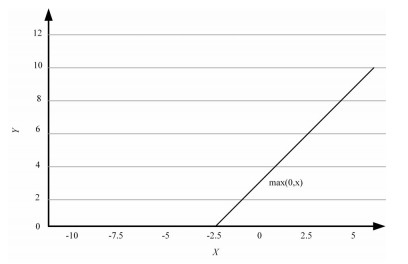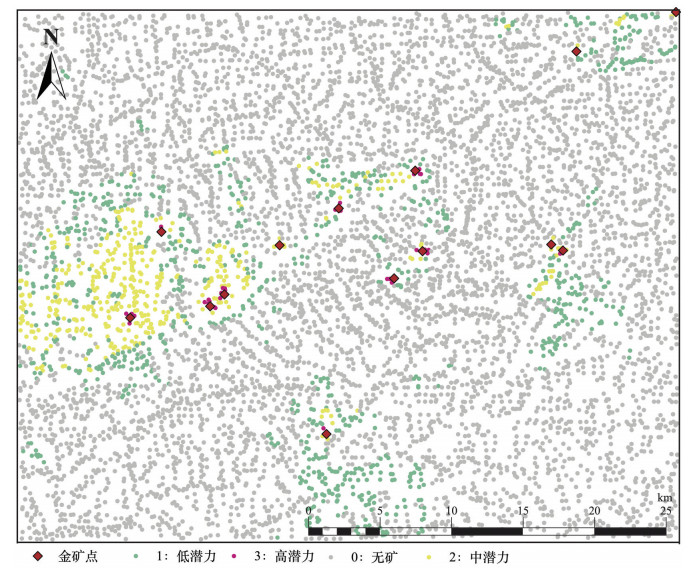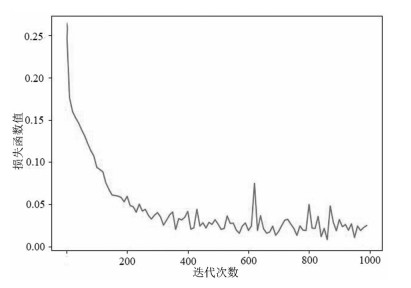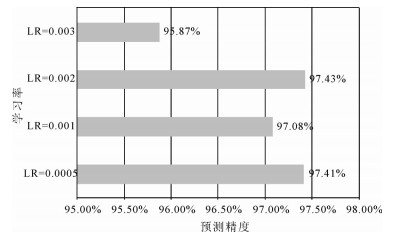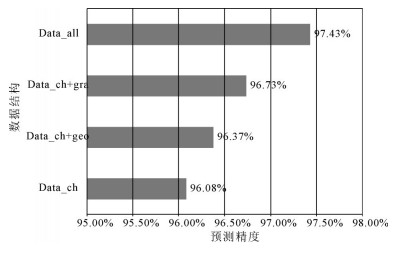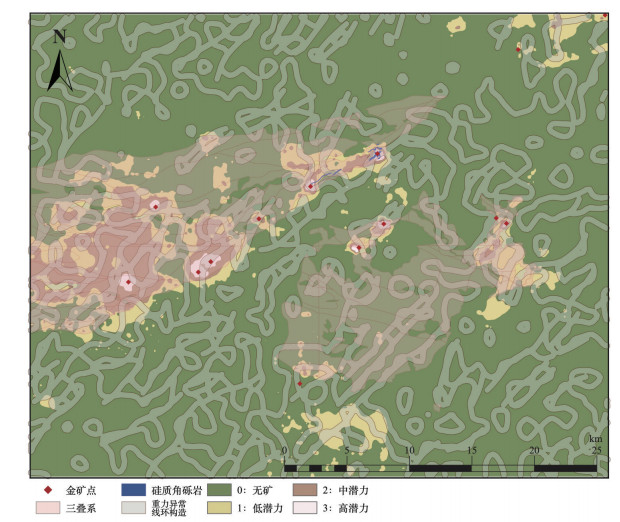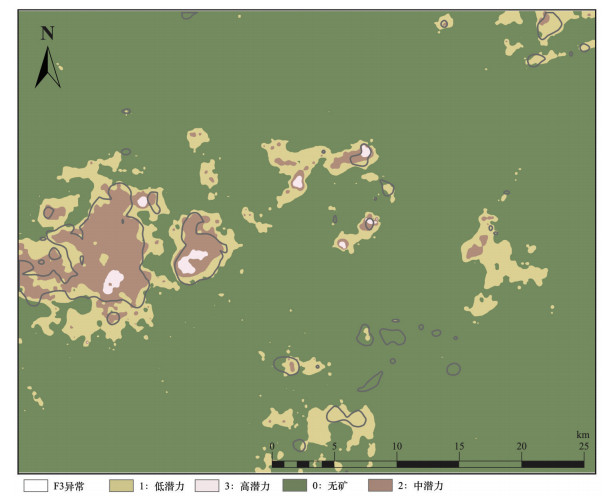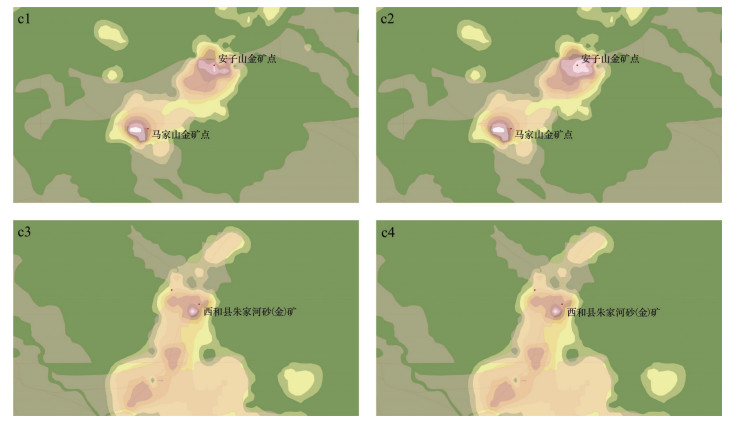The division of metallogenic prospective areas based on convolutional neural network model: A case study of the Daqiao gold polymetallic deposit
-
摘要:
大数据和高性能计算使得地质学可能突破种种主客观因素的限制,从传统的定性描述和不确定性作为特点转变为更全面的定量化发展阶段,即地质学更加注重通过挖掘复杂的多元地学数据间的关联关系来探究地质成因过程。为了厘清研究区多元化地质数据并划分成矿远景区,结合现代信息化新方法新技术,智能高效地帮助地学工作者提供辅助决策依据。以甘肃省大桥金矿为研究区,提出了利用一维卷积神经网络替代传统的人工计算,通过对研究区金多金属矿的地球化学元素及地球物理元素数据进行训练,挖掘研究区综合成矿信息,依据训练结果划分出4类成矿远景区。研究结果表明,地质成矿过程复杂,每一个成矿预测要素在地质成矿过程中均发挥重要的作用。在大比例尺度上,应用深度学习网络模型划分成矿远景区能客观地反映多元化地质数据本身的非线性特征,识别地质要素的空间特征,深层次提取和挖掘成矿异常信息,实现矿产资源智能化预测评价。
Abstract:Big data and high performance computing make it possible for geology to break through the limitations of various subjective and objective factors and transform from the traditional qualitative description and uncertainty to a more comprehensive quantitative development stage, that is, geology pays more attention to exploring the geological genesis process by mining the correlation between complex and multiple geoscience data. In order to clarify the diversity of geological data in the study area and divide the metallogenic prospective area, the authors aimed to help the geoscientists to make decisions intelligently and efficiently by combining the new methods and technologies of modern informatization. With the Daqiao gold deposit in Gansu Province as the study area, the authors proposed to use one-dimensional convolutional neural network instead of traditional manual calculation and, through training the geochemical and geophysical element data in the study area, excavated the comprehensive metallogenic information in the study area, and then recognized four types of metallogenic prospective areas based on the training results. The results show that the geological mineralization process is complex, and each element of metallogenic prediction plays an important role in the geological mineralization process. On a large scale, the deep learning network model can objectively reflect the nonlinear characteristics of diversified geological data, identify the spatial characteristics of geological elements, extract and excavate the information of mineralization anomalies, and realize the intelligent prediction and evaluation of mineral resources.
-
Keywords:
- convolutional neural network /
- model /
- metallogenic prospective area /
- Daqiao /
- orefield
-
致谢: 在模型调试阶段得到了中国地质大学(武汉)国家地理信息系统工程技术研究中心智能空间认知实验室团队的大力帮助,在样本库构建过程中得到了吉林大学地球科学学院薛福林和杨言辰教授的悉心指导,在此表示衷心的感谢。
-
表 1 一维卷积神经找矿预测分类网络参数
Table 1 Parameters of one-dimensional convolutional neural ore-prospecting prediction classification network
编号 网络层 卷积核大小/步长 卷积核数目 输出大小(宽度*深度) 零补 1 卷积1 3*1/1 16 17*16 是 2 卷积2 3*1/1 16 17*16 是 3 池化1 2*1/2 16 8*16 否 4 卷积3 3*1/1 32 8*32 是 5 卷积4 3*1/1 32 8*32 是 6 池化2 2*1/2 32 4*32 否 7 卷积5 3*1/1 64 4*64 是 8 卷积6 3*1/1 64 4*64 是 9 池化3 2*1/2 64 2*64 否 11 Softmax 4 1 4 表 2 成矿预测要素
Table 2 Metallogenic prediction elements
成矿预测要素 内容描述 成矿地质条件与标志 岩石组合 三叠系滑石关组的硅化角砾岩、纹层状硅质岩、硅质胶结角砾岩 构造控矿标志 NE向构造及其与NW向构造交会部位;环形构造产状变化部位 地表找矿标志 硅化或硅质角砾岩 硅化角砾岩、纹层状硅质岩、硅质胶结角砾岩 地球化学标志 水系、土壤元素组合及指示元素异常 指示元素Au、Ag、Cu、Pb、Zn、As、Sb、Hg、W、Sn、Bi、Mo等元素异常;AuAsBiWCu3Sb2组合显示金矿化与岩浆热液有关;组合元素叠加部位对找寻大型矿床具有重要意义 地球物理标志 高磁 环形构造与线性构造的交会部位;NE向线性构造及其与NW向线性构造的交会部位。 航磁 NE向、NNE向线性构造及其与N向线性构造的交会部位 重力 NE向和NW向构造交会部位;环形构造产状变化部位 表 3 网络模型学习样本库数据结构类型
Table 3 Data structure types of network model learning sample database
数据集编号 数据结构类别 1 地球化探 2 地球化探叠加地球物理 3 地球化探叠加地质数据 4 地球化探,地质数据,地球物理三者叠加 -
严光生, 薛群威, 肖克炎, 等.地质调查大数据研究的主要问题分析[J].地质通报, 2015, 34(7):1273-1279. http://dzhtb.cgs.cn/gbc/ch/reader/view_abstract.aspx?file_no=20150704&flag=1 Chen L R, Guan Q F, Xiong Y H, et al. A Spatially Constrained Multi-autoencoder Approach for Multivariate Geochemical Anomaly Recognition[J]. Computers and Geosciences, 2019:43-54. http://cn.bing.com/academic/profile?id=fb2c06344f20a0c74107c95ab1e01c6b&encoded=0&v=paper_preview&mkt=zh-cn
陈建平, 李靖, 崔宁, 等.大数据背景下的地质云的构建[J].地质通报, 2015, 34(7):1260-1265. http://dzhtb.cgs.cn/gbc/ch/reader/view_abstract.aspx?file_no=20150702&flag=1 Chen L R, Guan Q F, Feng B, et al. AMulti-convolutional Autoencoder Approach to Multivariate Geochemical Anomaly Recognition[J]. Minerals, 2019:1-23. http://cn.bing.com/academic/profile?id=2595d3e042d6efa4f6b0d7a5cb602ba5&encoded=0&v=paper_preview&mkt=zh-cn
蔡惠慧, 朱伟, 李孜轩, 等.基于深度学习的钨钼多金属矿矿产资源预测评价[J].地球信息科学学报, 2019, (6): Xiong Y H, Zuo R G. Recognition of Geochemical Anomalies Using a Deep Autoencoder Network[J]. Computers & Geosciences, 2016:75-82. http://www.wanfangdata.com.cn/details/detail.do?_type=perio&id=f659583bb053f79afe258c22bcc05d8a
吴冲龙, 刘刚.大数据与未来地质的发展[J].地质通报, 2019, 38(7):1081-1088. http://dzhtb.cgs.cn/gbc/ch/reader/view_abstract.aspx?file_no=20190701&flag=1 吴冲龙, 刘刚, 张夏林, 等.地质科学大数据及其利用的若干问题探讨[J].科学通报, 2016, 61(16):1797-1807. http://www.wanfangdata.com.cn/details/detail.do?_type=perio&id=kxtb201616010 李德仁, 王树良, 李德毅.空间数据挖掘理论与应用[M].北京:科学出版社, 2013. 周飞燕, 金林鹏, 董军.卷积神经网络研究综述[J].计算机学报, 2017, 40(6):1229-1251. http://www.wanfangdata.com.cn/details/detail.do?_type=perio&id=jsjxb201706001 刘月高, 吕新彪, 张振杰, 等.甘肃西和县大桥金矿床的成因研究[J].矿床地质, 2011, 30(6):1085-1099. http://d.old.wanfangdata.com.cn/Periodical/kcdz201106009 卢欣祥, 董有, 常秋玲, 等. Indosinian Shahewan rapakivi granite in Qinling and its dynamic significance[J]. Science in China, 1996, 39(3):266-272. 张宗清, 张国伟, 唐索寒, 等.秦岭沙河湾奥长环斑花岗岩的年龄及其对秦岭造山带主造山期结束时间的限制[J].科学通报, 1999, 44(9):981-984. http://d.old.wanfangdata.com.cn/Periodical/kxtb199909020 Zhong N C. Wang W. Yao P, et al. Prevalence of chronic obstructive pulmonary disease in China: a large, population-based survey[J]. American Journal of Respiratory & Critical Care Medicine, 2006, 176(8): 753.
刘建宏, 张新虎, 赵彦庆, 等.西秦岭成矿系列、成矿谱系研究及其找矿意义[J].矿床地质, 2006, 25(6):727-734. http://d.old.wanfangdata.com.cn/Periodical/kcdz200606009 闫玉梅, 李永军.西秦岭礼县长安一带西汉水群牙形刺特征及时代讨论[J].甘肃地质, 1994, (2):18-26. http://www.wanfangdata.com.cn/details/detail.do?_type=perio&id=QK199400110939 张复新, 季军良, 龙灵利, 等.南秦岭卡林型-似卡林型金矿床综合地质地球化学特征[J].地质论评, 2001, 47(5):492-499. http://d.old.wanfangdata.com.cn/Periodical/dzlp200105007 尤关进, 张忠平.甘肃大桥金矿地质特征及其发现的意义[J].甘肃地质, 2009, 18(4):1-8. http://www.wanfangdata.com.cn/details/detail.do?_type=perio&id=gsdzxb200904002 李永琴, 赵建群, 赵彦庆.西秦岭金成矿系统分析[J].甘肃地质, 2006, 15(1):47-52. http://d.old.wanfangdata.com.cn/Thesis/Y859897 孙则明, 王自翔, 徐亮, 等.甘肃大桥金矿硅质岩地球化学特征及其地质意义探讨[J].地球化学, 2016, 45(5):499-509. http://d.old.wanfangdata.com.cn/Periodical/dqhx201605006 张凤霞, 吴玉雯, 张玉辉, 等.甘肃大桥金矿地球化学异常特征对比[J].甘肃地质, 2015, 24(3):36-41. http://www.wanfangdata.com.cn/details/detail.do?_type=perio&id=gsdzxb201503006 常亮, 邓小明, 周明全, 等.图像理解中的卷积神经网络[J].自动化学报, 2016, 42(9):1300-1312. http://d.old.wanfangdata.com.cn/Periodical/zdhxb201609002 张文宇, 刘畅.卷积神经网络算法在语音识别中的应用[J].信息技术, 201, 8(10): 147-152.



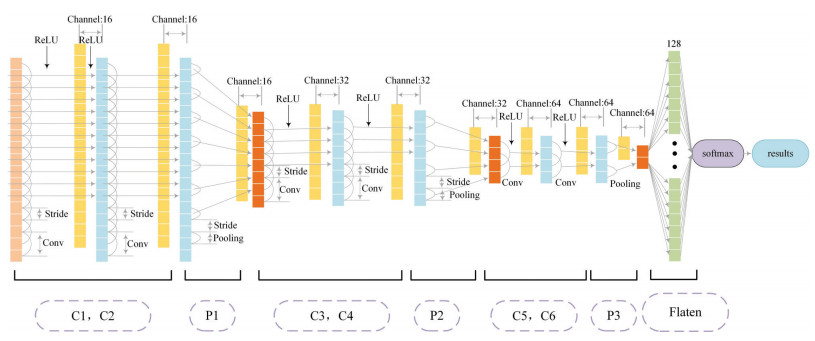
 下载:
下载:
